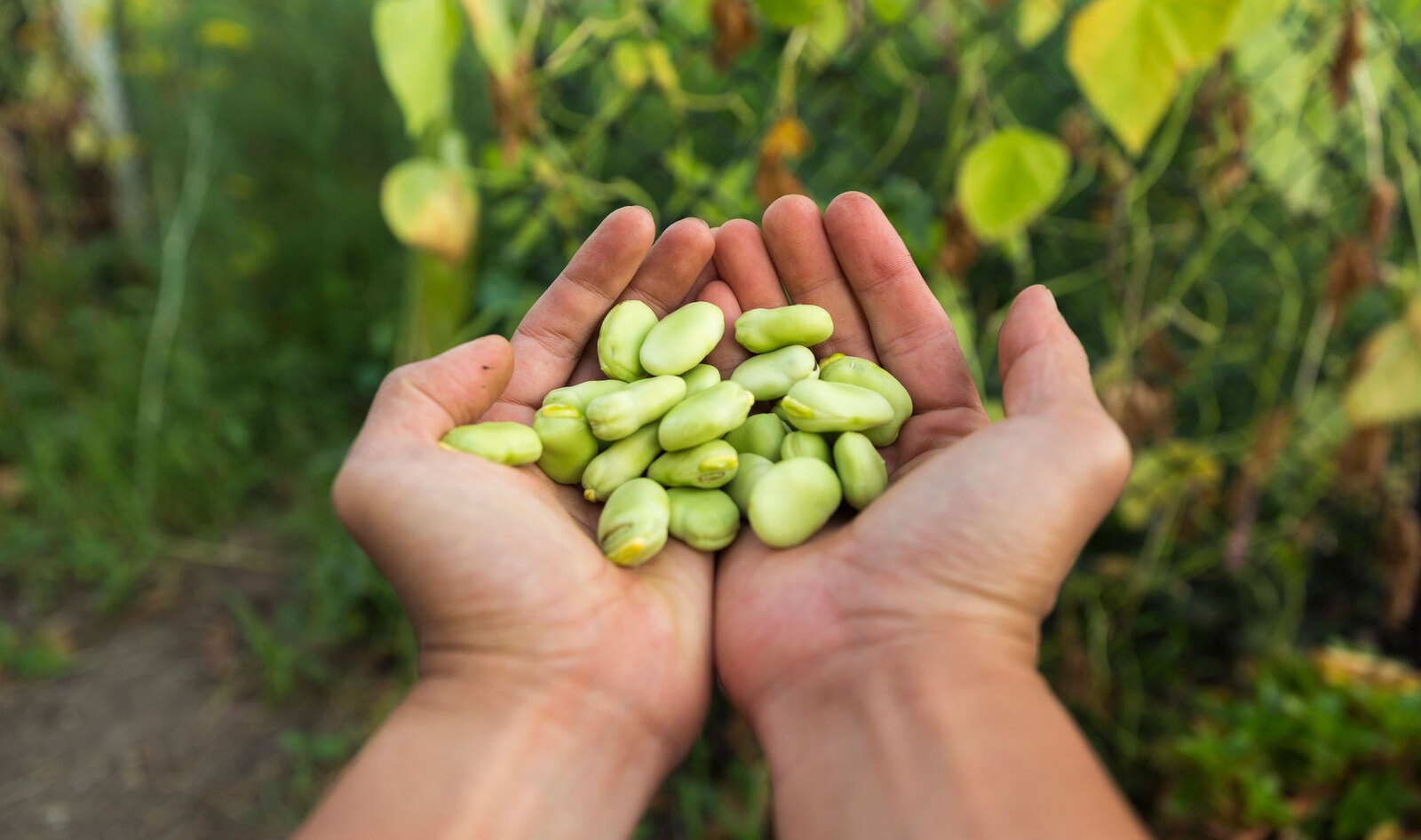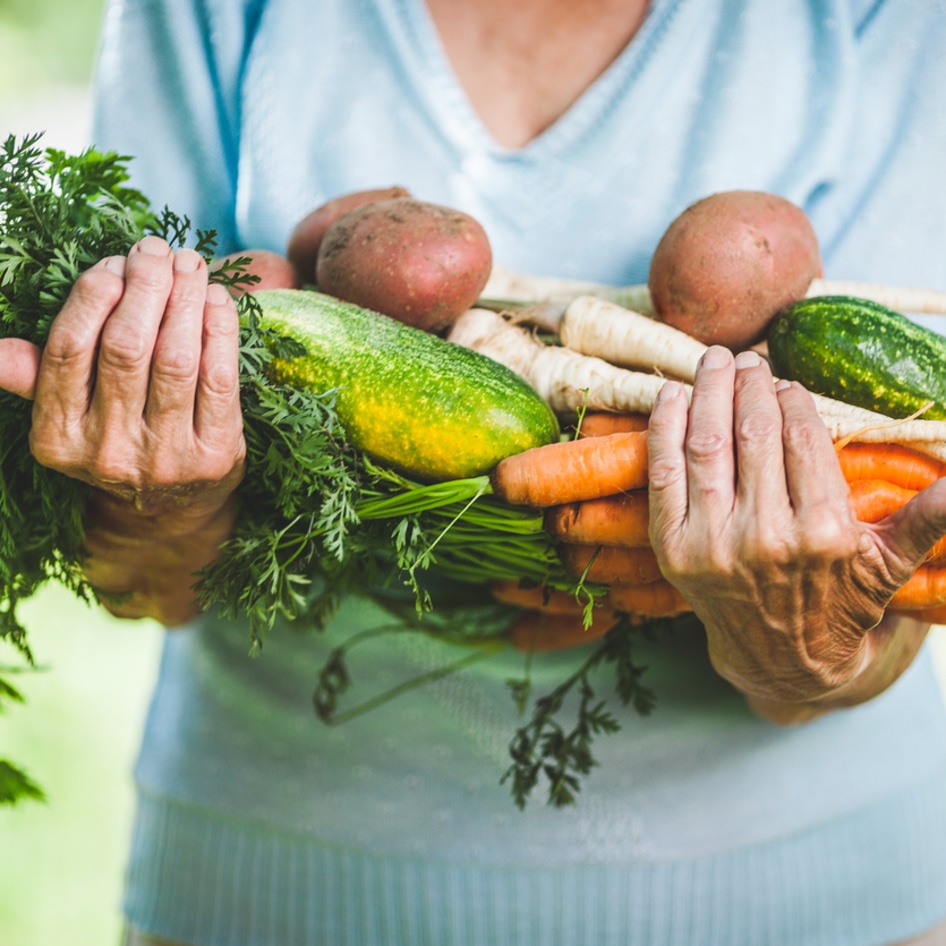Will the lima bean be the next sought-after plant-based protein? A new project might just propel the humble bean into the spotlight. Sarah Dohle, former professor at Delaware Valley University and phaseolus curator (bean keeper) for the US Department of Agriculture (USDA), is leading a pioneering initiative funded by a USDA grant.
The four-year, multi-center project aims to build better lima beans that will capture the hearts of home cooks and restaurant patrons alike. With collaboration from lab scientists, food experts, farmers, seed companies, and even Philadelphians, this ambitious effort is setting out to make lima beans the next big food trend.
Dohle’s journey into the world of lima beans began with skepticism. When applying to a lab studying insect resistance in lima beans, she admitted that lima beans were the only bean she didn’t like. However, a scientist she interviewed countered her aversion, insisting that she was cooking them wrong.
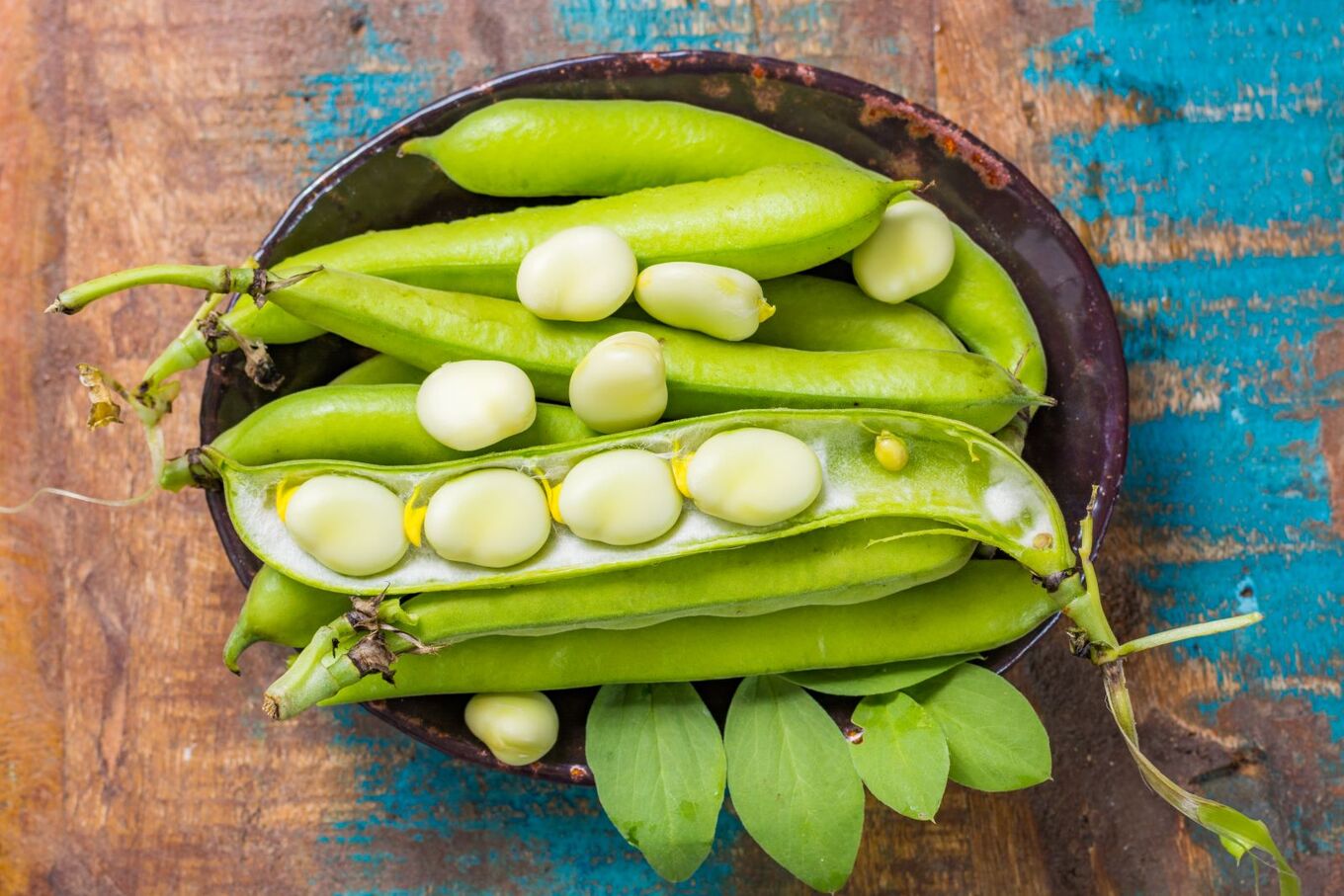 Adobe
Adobe
This challenge led Dohle to try lima beans again, but this time she prepared them correctly. To her surprise, she became a convert, describing them to the Philadelphia Inquirer as “super-delicious, creamier, smoother, and more fine-flavored than regular beans, like a luxury bean.”
The USDA-funded initiative involves various centers, including UC Davis, Clemson, University of Delaware, and UC Riverside, which will study lima beans, analyzing traits, and identifying genetic markers to enhance their qualities. Food scientists from Delaware Valley University and Iowa State University will conduct taste tests and consumer-preference surveys to pinpoint the most appealing characteristics of lima beans.
With this comprehensive research, scientists and seed companies will breed in desirable traits to cater to both farmers and consumers.
Making lima beans the next Brussels sprout
The project draws its inspiration from the success story of Brussels sprouts, which went from being polarizing to highly desirable after chefs and food writers popularized flavorful renditions of the vegetable. The key is to generate demand for lima beans in a similar way, and this is where Philadelphians come into the picture.
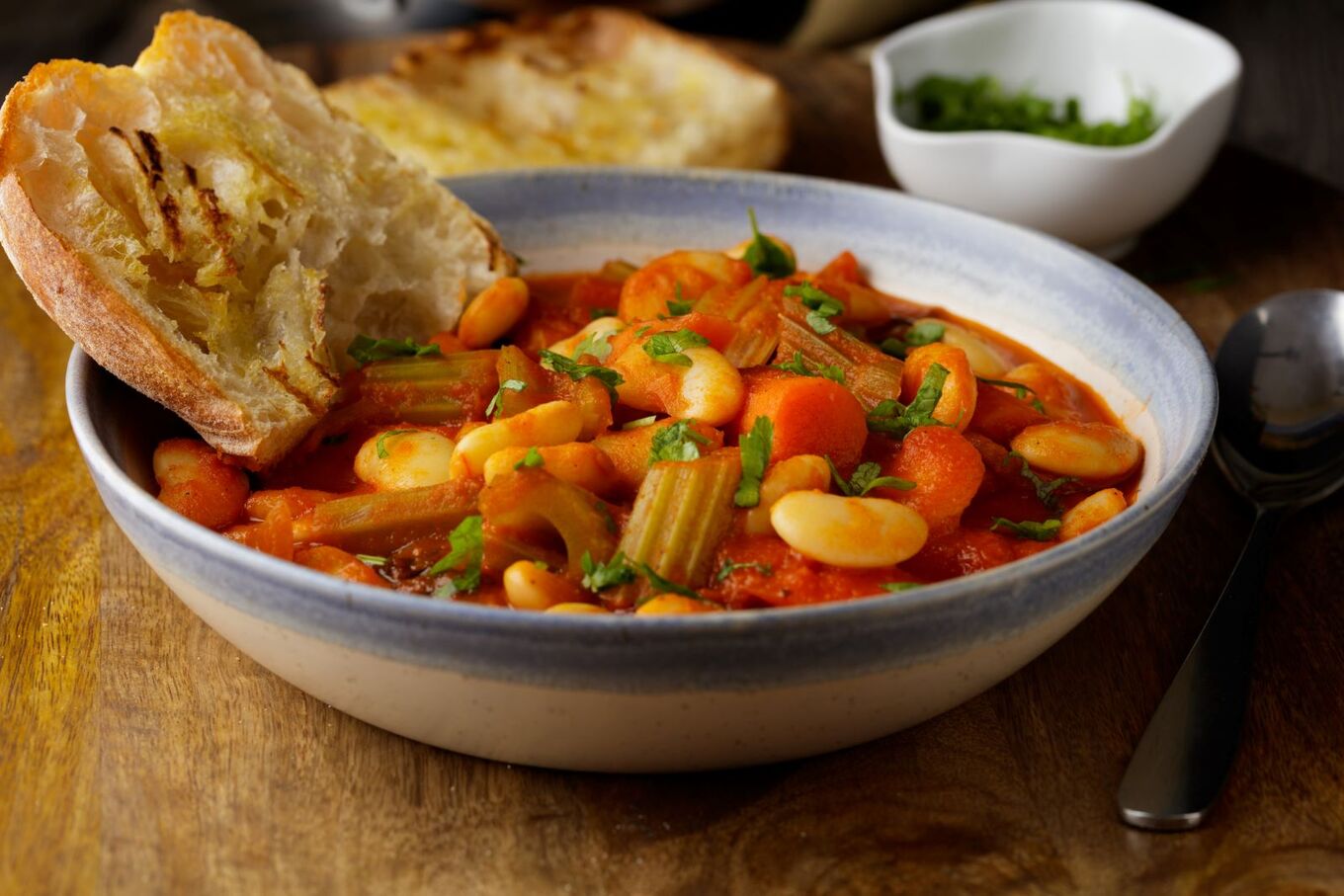 Getty
Getty
By involving diverse participants in the process, from large-scale farmers and school-meal programs to community gardeners and bean enthusiasts, the initiative seeks to celebrate the variety and diversity of lima beans. Dohle and her team organized planting sessions in a community garden in Southwest Philly, allowing volunteers to experience the genetic work involved in the lima bean project firsthand. The hope is that this hands-on approach will foster appreciation for lima beans’ shape, color, pattern, and texture variations.
One of the challenges for lima beans in the Northeast is their sensitivity to photoperiod, requiring long nights to trigger flowering, which is difficult in northern latitudes. However, with genetic workarounds, Dohle and her collaborators believe they can create a regional specialty, akin to the runaway success of the honeynut squash (a winter squash hybrid developed from butternut and buttercup varieties).
The long-term goal is not only to make lima beans a trendy food item but also to promote their benefits for farmers and the environment. As legumes, lima beans enrich the soil with nitrogen, making them an environmentally friendly crop, particularly valuable in a future of unpredictable weather patterns.
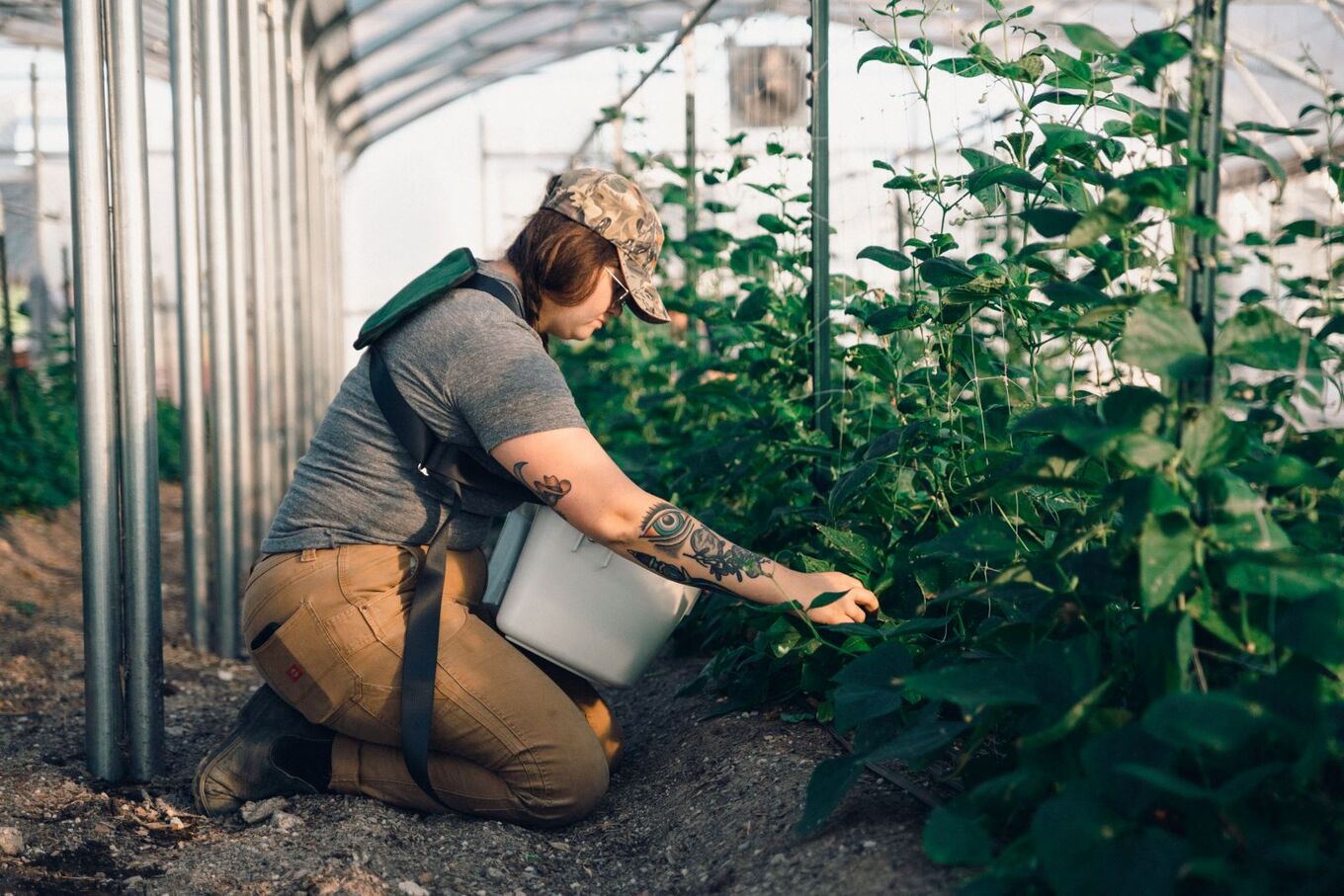 Fourteen Acres Farm
Fourteen Acres Farm
As Philadelphians and others embrace these revitalized lima beans, they may soon find themselves savoring the taste of “Philadelphia lima beans” in the fall, much like the world travels to New Mexico for Hatch chilies or to France for champagne.
By bridging the gap between farmers, chefs, and consumers, the initiative aims to turn this plant-based protein into a culinary sensation that will earn them a place on menus nationwide.
Beans are the secret to living longer
Bringing lima beans into popularity is timely. According to blue zones experts, beans are being hailed as the magical food that could contribute to a longer and healthier life. Experts have found that a diet rich in beans and other legumes is a common thread among communities in the “blue zones” regions around the world—where people live remarkably long lives.
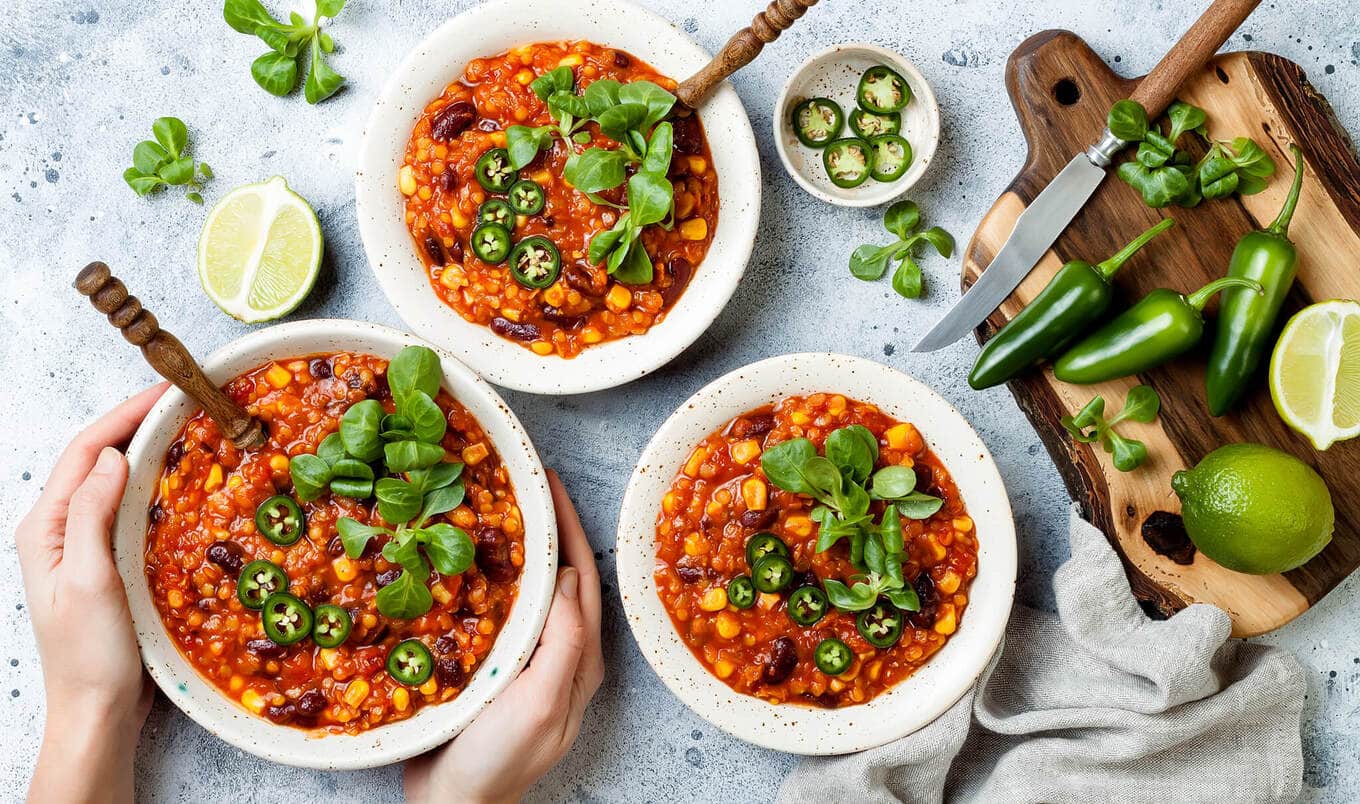 Sveta Zarzamora
Sveta Zarzamora
This is likely because they offer a host of essential nutrients such as copper, iron, magnesium, potassium, folic acid, zinc, lysine (an essential amino acid), protein, and fiber that help keep you healthy.
While blue zones have long recognized the health benefits of legumes, scientific studies also support these observations. Research from 2005 revealed that one serving (1/2 cup) per day of beans was associated with a 38 percent lower risk of heart attack. Additionally, a study in 2004 found that legume intake of 20 grams (approximately an ounce) extended lifespan by around eight years.
“In our culture, beans are often thought of as a side dish, which doesn’t give them the full credit they deserve,” Anna Herby, DHSc, RD, CDE Nutrition Education Specialist for the Physicians Committee for Responsible Medicine (PCRM), recently told VegNews.
“If you look at native diets and areas where people are living the longest, beans and legumes play a more central role, because meat and animal products are scarce.”
Google wants you to eat more beans
And because beans are a sustainable food crop, Google, Bezos Earth Fund, and 40 other organizations are working to double the consumption of beans, pulses, and legumes by 2028. Michiel Bakker, Google’s Vice President of Global Workplace Programs, and Andy Jarvis, PhD, Director of the Future of Food at Bezos Earth Fund, among others, are part of the campaign’s “Bean Board.”
Individuals on the board are tasked with shaping the campaign, with the ultimate goal of doubling global bean, pea, pulse, lentil, and legume consumption by 2028. For its part, food advocacy organization ProVeg International joined the Beans Is How campaign to promote beans as a sustainable, nutritious, and affordable protein source.
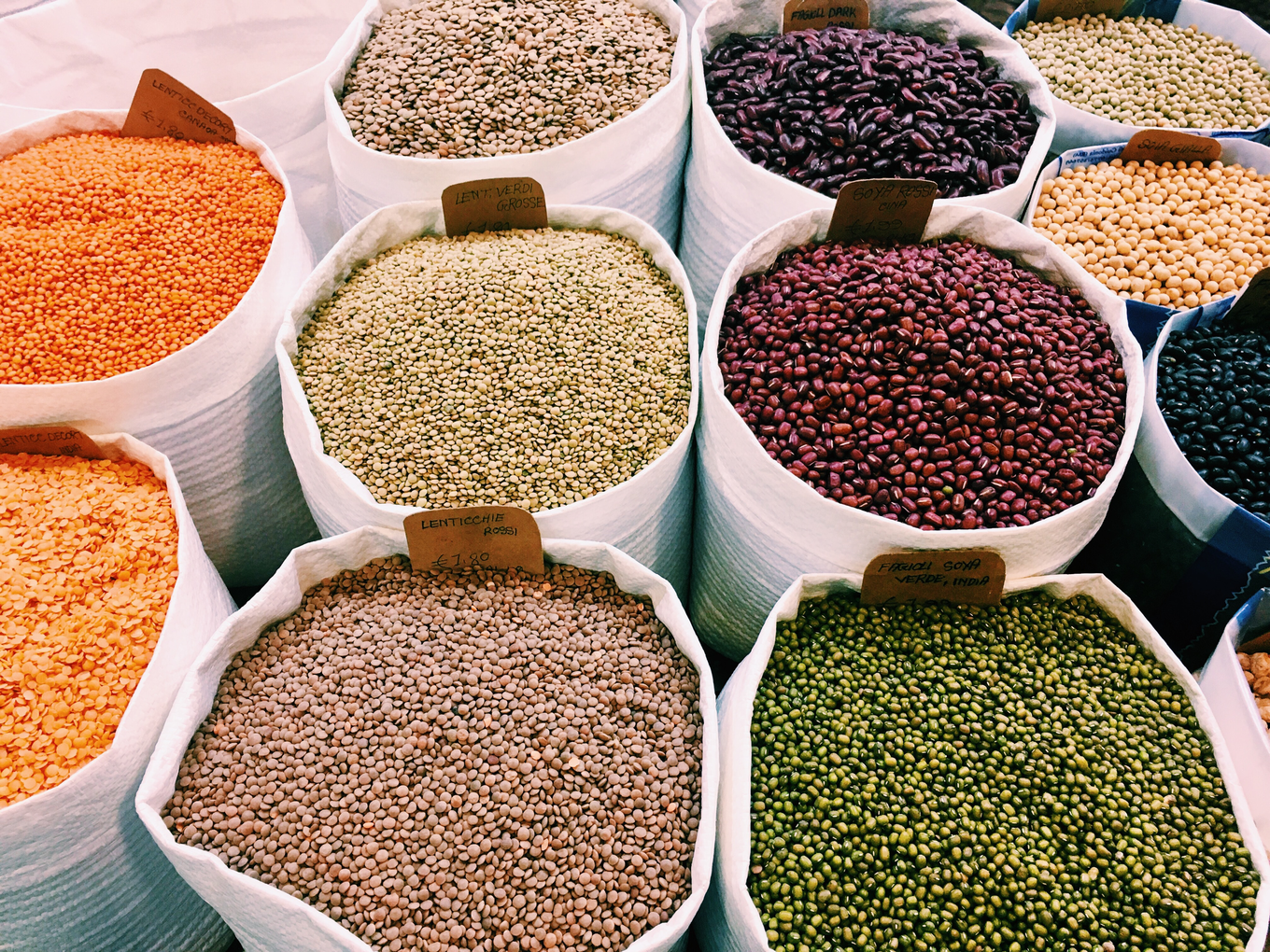 BettySubrizi/Unsplash
BettySubrizi/Unsplash
“Beans really do tick all the boxes when it comes to providing nutritious, affordable, and climate-friendly meals for countries all over the world,” Jasmijn de Boo, CEO of ProVeg, said in a statement.
“We urgently need to scale up efforts to encourage greater consumption of beans over animal-based foods if we are to have a chance to slow climate change and prevent ecosystem collapse.”
For the latest vegan news, read:
JUMP TO ... Latest News | Recipes | Guides | Health | Subscribe

